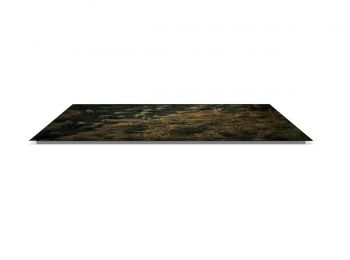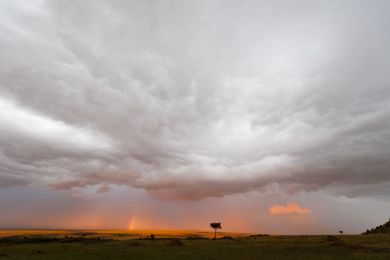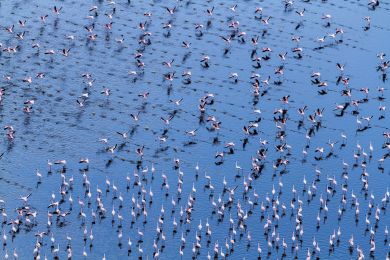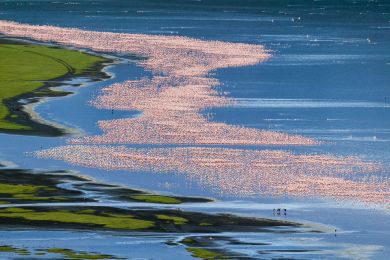By buying this product you can collect up to 178 loyalty points. Your cart will total 178 points that can be converted into a voucher of 35,60 €.
 View larger
View larger
Picture information
Field cultivation in Rajasthan
Yann ARTHUS-BERTRAND
Art photography by Yann ARTHUS-BERTRAND of field cultivation In the north of Jodhpur, India, Rajasthan. The scarcity of surface water is largely responsible for the soil’s low productivity. However, the irrigation that benefits 40 percent of farmable land in India has made it possible to grow millet, sorghum, wheat and barley.
Data sheet
| Orientation | Landscape |
| Color | Yellow |
Field cultivation in Rajasthan
Yann ARTHUS-BERTRAND
Art photography by Yann ARTHUS-BERTRAND of field cultivation In the north of Jodhpur, India, Rajasthan. The scarcity of surface water is largely responsible for the soil’s low productivity. However, the irrigation that benefits 40 percent of farmable land in India has made it possible to grow millet, sorghum, wheat and barley.
Fine Art Photography
Print by Experts
100 % Made In France
A recognized expertise, a search of permanent quality.
Printed by a professional photographic laboratory.
All prints are made to order, controlled by the Technical Director.
A certificate of authenticity is provided with each photograph.
Framework made by selected materials to give you the best results. every step of the processing is monitoring by experts.
Loyalty points
Gift Card
Don't miss the opportunity to do the best present...
The whole Yann Arthus-Bertrand photos available with Hemisgalerie gift card.
Lets your guest choose the best image.
Amount from 50 €, create and download directly on our website, valid for one year including promotions.
The original gift for all events
More info
Two thirds of Rajasthan (Northwestern India), the second largest Indian state by its surface area (132.139 square miles or 342.240 square kilometers) is covered by sandy desert formations. The scarcity of surface water is largely responsible for the soil’s low productivity. However, the irrigation that benefits 40 percent of farmable land in India has made it possible to grow millet, sorghum, wheat and barley. Harvesting these cereals at the end of the dry season is a task generally undertaken by women. They keep their traditional long brightly colored shawls that are typical of this region on their heads, even as they work in the fields. Agriculture which employs 50 percent of the population provides 16 % of the GDP and occupies over half of the Indian Union’s territory. The country which harvested about 232 million tons of cereals in 2010-2011 is one of the largest producers in the world. But the never ending race between food production and demographic trends will now have to include aspects such as underground water reserve management (stocks are decreasing) as well as climatic uncertainties like the severe drought that affected 20 million people in Rajasthan in 2000.













































































